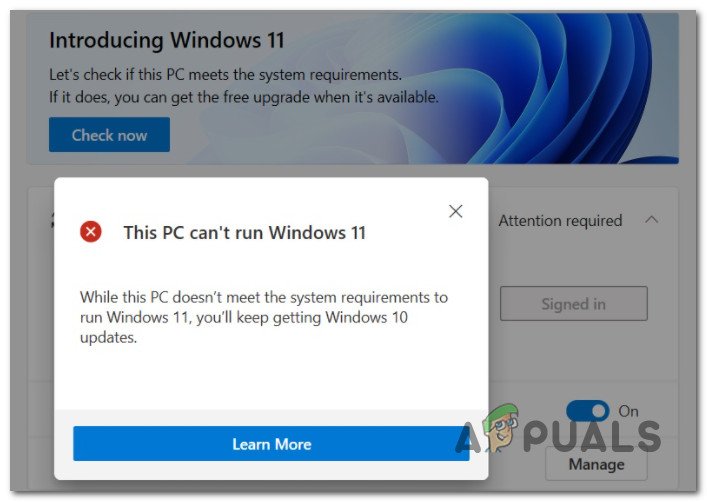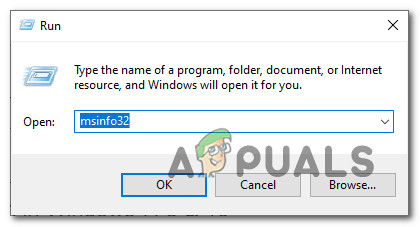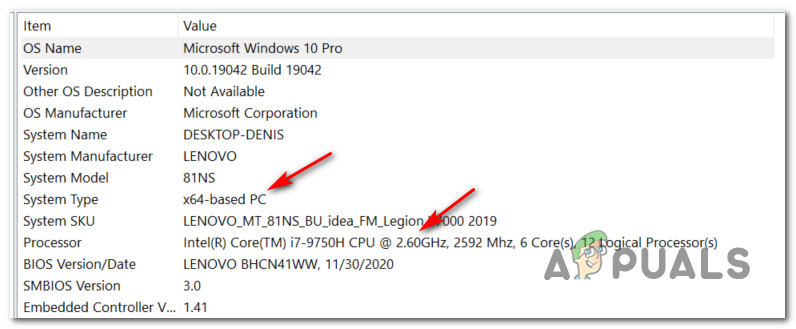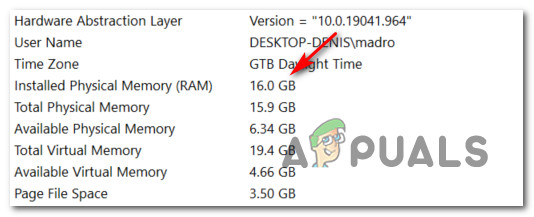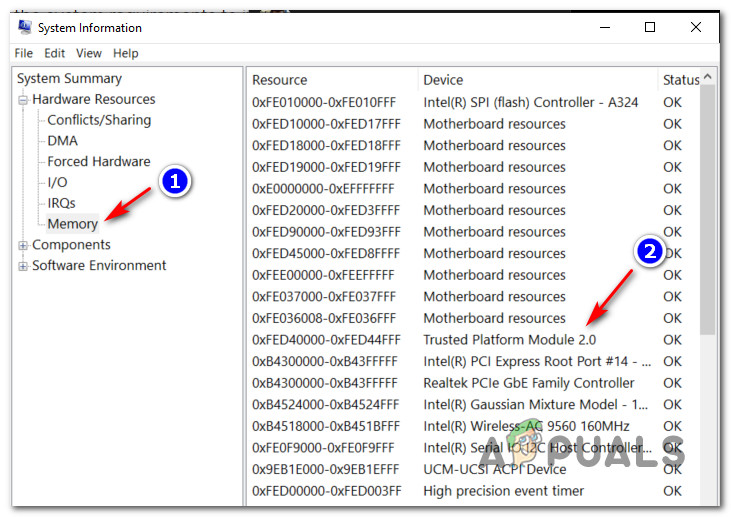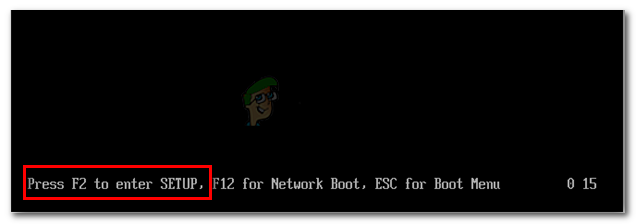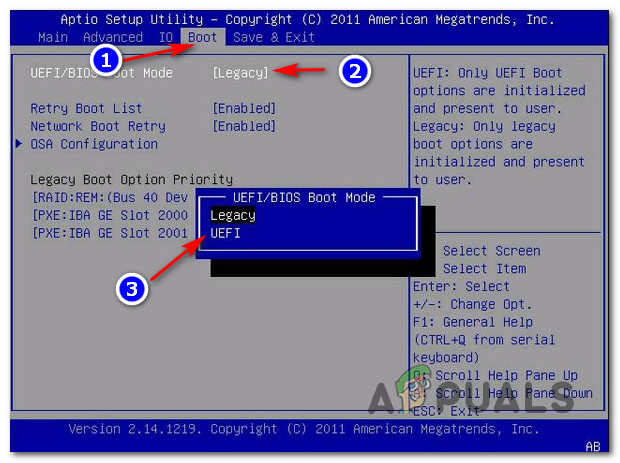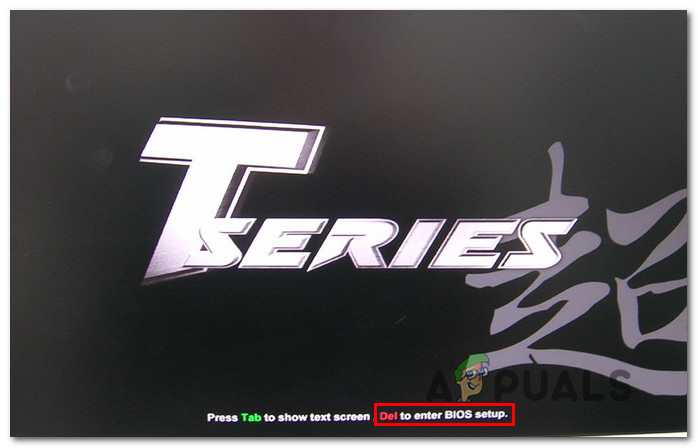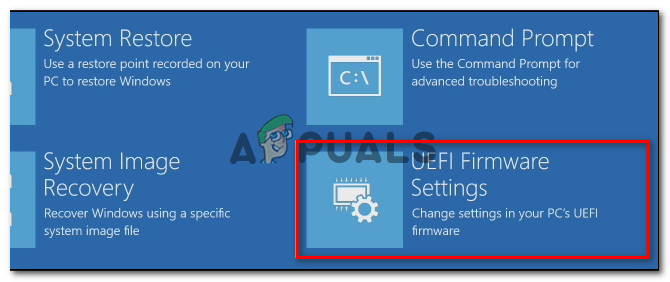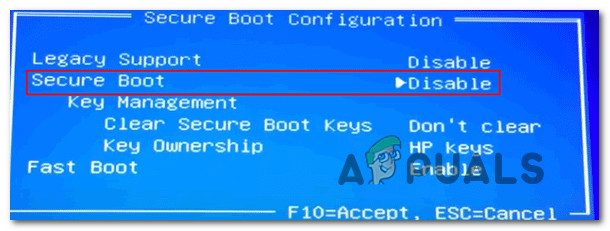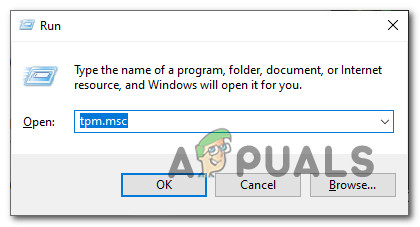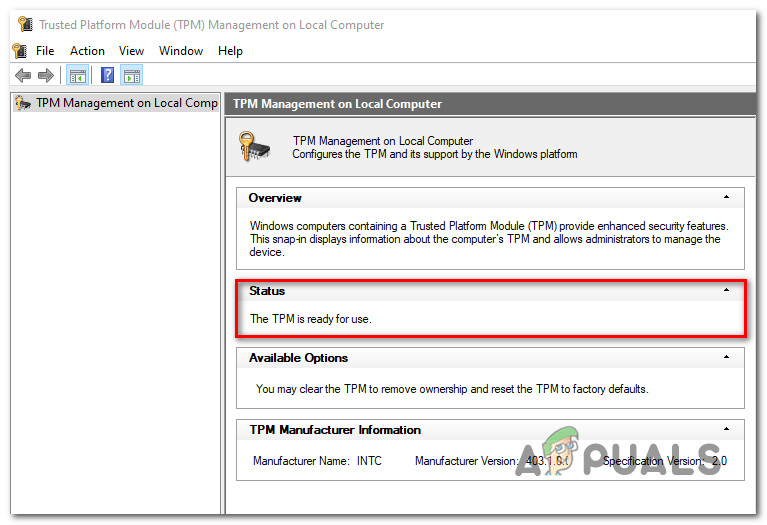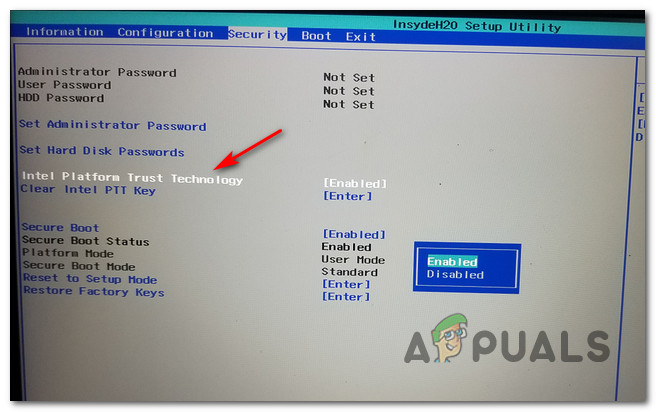You might also see a short explanation on why the upgrade to Windows 11 is not possible:
This PC must support secure BootThis PC must support TMP 2.0
While some users get a clear explanation from the PC Health Check app on why the new OS can’t be installed, others see an ambiguous message that doesn’t tell them anything on which requirement is not met. But as it turns out, even if you see the ‘This PC can’t run Windows 11‘ error message, it doesn’t mean that you won’t be able to install Windows 11 – It’s likely that a software requirement needed to install Windows 11 is not enabled from your BIOS or UEFI settings menu. After investigating this particular issue, we’ve compiled a list of possible reasons why this error message is shown: Now that you are aware of every potential cause that might trigger the ‘This PC Can’t Run Windows 11’ error, start following the instructions below to troubleshoot the issue and potentially fix it if you deem that the system is actually equipped to support Windows 10.
1. Check the System Requirements of Windows 11
The system requirements of Windows 10 are by no means intensive and most modern systems should be able to support it right out of the box. However, there are some upgrades from Windows 10 that you have to be aware of. Check the system requirement list below to see if your current system meets them:
1GHz 64-bit processor (32-bit is no longer supported)4 GB of RAM64 GB of storage spaceUEFI (Unified Extensible Firmware Interface) supportSecure Boot Capable MachineTrusted Platform Module (TPM) 2.0 support
If you don’t know how to compare the required Windows 10 specs against your own, follow the instructions below: Once you went through the instructions above, you should have a pretty good idea if your PC is equipped to support Windows 11 or not. If it fails the minimum specifications due to a hardware-related constraint (like insufficient RAM or CPU frequency), there’s nothing you can do other than upgrade it with more powerful hardware. But on the other hand, if the PC Health Checkup scan fails because Secure Boot is Disabled or TPM 2.0 is not configured from your BIOS / UEFI settings or because Windows 10 was installed via legacy boot mode, the instructions below will show you how to enable them and resolve the ‘This PC Can’t Run Windows 11′ error.
2. Switch the Boot mode to UEFI
Keep in mind that if your current operating system (Windows 10) was installed via the legacy boot mode, the PC Health Check utility will not detect that your PC is actually equipped to support UEFI. If this scenario is applicable and you’re current setup is wired to use legacy boot mode, you will need to change the Boot Mode to UEFI from your BIOS settings before the PC Health Check utility will detect that your PC is Windows 11 ready. Also, make sure to convert your disk from MBR to GPT before enabling UEFI Otherwise it won’t work. Make sure to create a backup before doing any changes to the partition, we won’t be responsible for any damage or data loss. To make matters easier for you, we’ve put together a step-by-step guide that will show you how to switch the boot Mode to UEFI from your BIOS settings: Note: The instructions below will only work IF your motherboard supports UEFI but it’s configured to use the legacy boot mode. Important: You might get a ‘No Boot Device Found’ error after making the switch to UEFI from Legacy. In this case, you can either adjust the Windows 10 installation for UEFI or you can change the Boot Mode back to Legacy until Windows 10 officially launches. If your system is already configured to use UEFI by default, move down to the next guide where we show you how to enable secure boot.
3. Enable Secure Boot
As we already established above, Windows 11 will require a machine that is Secure Boot capable. But in some cases, the feature is supported but disabled from the BIOS or UEFI settings – As it turns out, the PC Health Check utility won’t know to make the difference between unsupported or disabled. Note: Secure Boot is an industry-standard agreed upon by the biggest players in the PC industry in order to ensure that PCs ONLY use software trusted by Original Equipment Manufacturers (OEMs). If you have a fairly modern motherboard, there’s a very big chance that Secure Boot is already supported. In this case, all you need to do is access your BIOS settings and enable Secure Boot so that the PC Health Check utility can detect it. To do so, follow the instructions below: If the error message you’re getting when running the scan is ambiguous or pointing towards an issue with TMP (Trusted Platform Module), move down to the next potential fix below. Note 2: In case your PC uses UEFI by default, hold the SHIFT key while clicking the Restart button at the initial login screen to force the computer to enter the Recovery Menu. Then, go to Troubleshoot > Advanced Options > UEFI Firmware Settings to reach the UEFI Menu.
4. Enable Trusted Platform Module 2.0
One of the Windows 11 requirements that are unique to this version is support for TPM 2.0. If the PC Health Check returns the ‘The PC must support TMP 2.0‘, one of the following scenarios is true: To check whether TPM is supported on your system or not, do the following:
If the status of TPM shows as ‘TPM is ready for use‘, it means that TPM 2.0 is already enabled, so no further action is required.If the status of TPM shows as ‘TPM is not supported‘, it means that your motherboard doesn’t support this technology. In this case, you will not be able to install Windows 11.If the status of TPM shows as ‘Compatible TPM cannot be found, it means that TPM is supported but not enabled from your BIOS or UEFI settings.
If the last scenario is true, follow the instructions below to enable TPM 2.0 from your BIOS or UEFI settings:
Fix: Windows 11 Won’t Boot After Enabling Secure BootHow to Fix the ‘Secure Boot Violation - Invalid Signature Detected’ Problem on…How to Fix “Secure Boot State Unsupported” on Windows?Fix: Secure Boot Violation Error on Asus Systems
